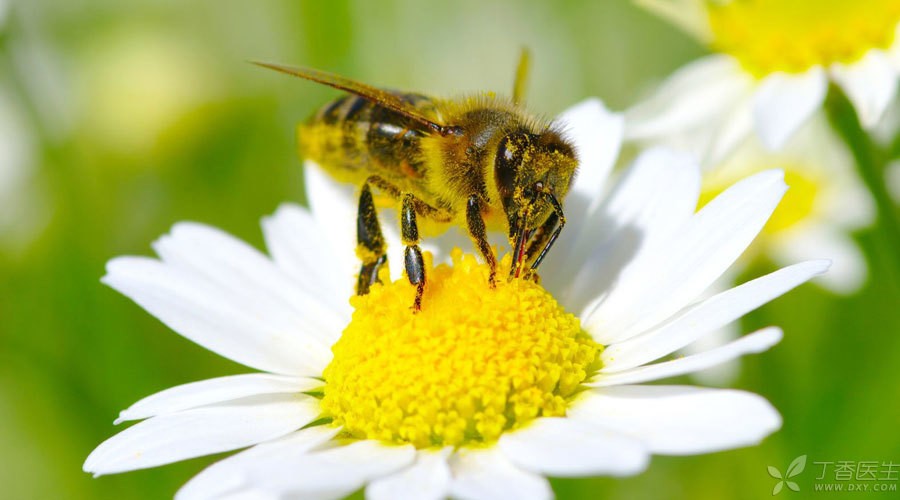
Pollen allergy, can you still grow flowers?
In the allergy department of the hospital, parents often meet and ask: “Doctor, my child is allergic to pollen, will he not be able to raise flowers at home in the future?” ]
In fact, pollen, which is easy to cause allergy, is not an ornamental flower with fragrant smell and bright color.
Because the pollen of these flowers usually contains nectar, which is sticky, fragrant and sweet, and can attract insects such as bees to help them pollinate, these flowers are called insect matchmaker flowers. Since the pollen cannot be blown away with the wind, most of them will not cause pollen allergy.
It is pollen from trees or weeds that is easy to cause allergy.
The pollen of these plants has no fragrance, no nectar and no sweet taste, so they cannot attract insects to spread. They are mainly spread by wind and are called wind-media flowers. What we usually call pollen allergy is caused by wind-media flowers.
Spring pollen that is easy to cause allergy includes poplar, willow, elm, birch, cypress, etc.
People with pollen allergy should hide when they see these plants.
According to the source plants, common allergenic pollen is currently habitually divided into three categories.
1. Tree pollen
It can be gymnosperm or angiosperm, the latter is mostly from plant sources, and the diameter of tree pollen particles is usually 20 ~ 50 m, representing birch and cedar. Ulmus pumila, oak, maple, walnut, willow, cypress, etc. This kind of pollen dissemination season is mostly spring and winter.
2. Gramineae pollen
There are many kinds of gramineae plants, which are widely distributed in the world. Pollen particles are relatively large, with a diameter of 50 m, representing Baimuda, Timbergrass, Dactylis glomerata, ryegrass, Huanghua, Bahia grass, Shimao sorghum, etc. The pollen dissemination seasons of these plants are mostly spring and summer.
3. Weed pollen
Weeds generally refer to the lack of economic or aesthetic value in human-controlled environment. Plants that are not needed by people. These plants are basically herbs. Generally aggressive, The pollen grains are small, about 10-20 m in diameter, representing wormwood, ragweed, amaranth, quinoa, plantain, nettle, hemp, etc. The pollen dispersal season can last from summer to autumn.
Copyright of Clove Garden. No reprinting is allowed without permission.
